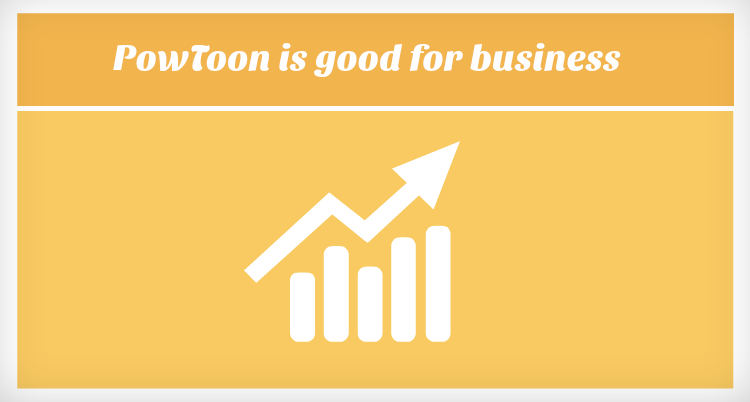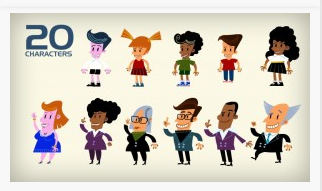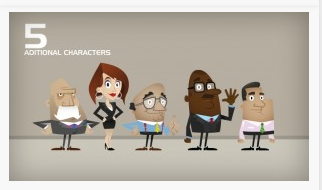Script Writing Mastery, Day 2
Structure
Objective:
To organize your script into a logical structure that will serve as the building block for your entire video.
What you need before you begin:
* Organize your main points and ideas on a piece of paper before you begin the actual writing process
* Set the overal tone of your script by constructing your first 2-4 sentences
* Grab any snacks or drinks that make you feel creative, alert, and alive!
At this point you have a great idea, fantastic plan for your script, a clearly defined message, and an identifiable target audience. So what’s next? Where do we go from here?
You can’t avoid outlining structure when developing your script, as most, if not all, stories consist of a beginning, middle, and an end that need to be clearly laid out.
Here are a few great tips on how to effectively structure your script:
1) The introduction should introduce the problem that you are trying to address and/or solve.
2) The bridge is the next section that is meant to be used as a transition between your problem and your proposed solution.
3) The middle portion of your script should detail the solution to the problem that you are proposing.
4) The end of your script is where you should clearly present your Call to Action.
NOTE: The script “introduction” and “Call to Action” will be discussed in more detail in their own separate sections, but for the purpose of this section we will briefly review all parts and components that make up a complete script. Let’s take a look at this video for example, identify and break down the 4 main components of its script, and then dissect the movie which will help give us a much better understanding of an “ideal” script structure.
The Introduction
The introduction is a key component of your script used for the purpose of presenting a “problem” to your viewers. It is crucial that this part of the script is well written, and captivating, because it will ultimately determine whether your viewers stay with you or leave mid movie. If you present the “problem” facing your viewers in an empathetic manner, showing them that you truly understand their dilemma, they will not only be curious and captivated, but much more willing to stick around long enough to hear your proposed solution.
In the video shown above you can clearly see the problem facing the business owner (i.e. being turned down by banks for loans) in the first few seconds of the film.
The Bridge
This part of the script serves as a transitional point from the problem you have identified to the solution that you will soon be presenting. It is crucial to keep this section as brief as possible, and should be no more than a couple of sentences at the most. This section of the script is one of the most critical and difficult to get right for two specific reasons: It needs to seamlessly flow, while also keeping your viewers engaged long enough to hear your proposed solution, which, in many cases, serves as an introduction to the service that you are providing.
In our video example, the narrator explains that he was repeatedly rejected by banks for business loans, followed by a very simple, yet elegant, bridge sentence that leads the audience right into the proposed solution: “That’s when I found Wisco Funding”.
The Middle
The middle portion of your script is where you present the solution to the problem that you introduced in the beginning of your script; the part that everyone should be anxiously awaiting assuming you wrote a captivating beginning and bridge. In the video shown above the narrator explains how Wisco’s application process is easy, user friendly, and with little hassle he received a loan within 5 days that helped him remodel his restaurant. He then continues to further explain the benefits of using Wisco as the video progresses.
The End
The conclusion of your video, in the world of marketing and advertising, is more commonly referred to as the “Call to Action”. After the solution to the problem has been revealed you must do something to ensure your audience follows a specific action that you want them to take. In other words, your video is not complete until you present some type of Call to Action. In fact, the goal of any marketing or promotional video script is to have a purpose; an end result. In the case of Wisco funding, the narrator is telling his viewers that they too can easily secure business loans simply by calling Wisco. It is a highly effective strategy that is very simple to implement, and very easy for an audience to understand.
When you are working on your script’s structure you can follow our checklist for references:
Introduction
* Short
* Memorable
* Relevant to the Viewer
* Catchy
* Focused
Bridge
* Two sentence maximum
* Seamless Transition
* Focused
* Logical
Middle
* Solution Explained
* Clear and Concise
* Logical
* Easy to Follow
* Relevant
End
* Clear Conclusion
* Easy to follow Call to Action
* Impacting
* Convincing
Now that you have a better understanding of the ideal script structure, we will delve more into depth on the topic of “introductions” on Day 3.






